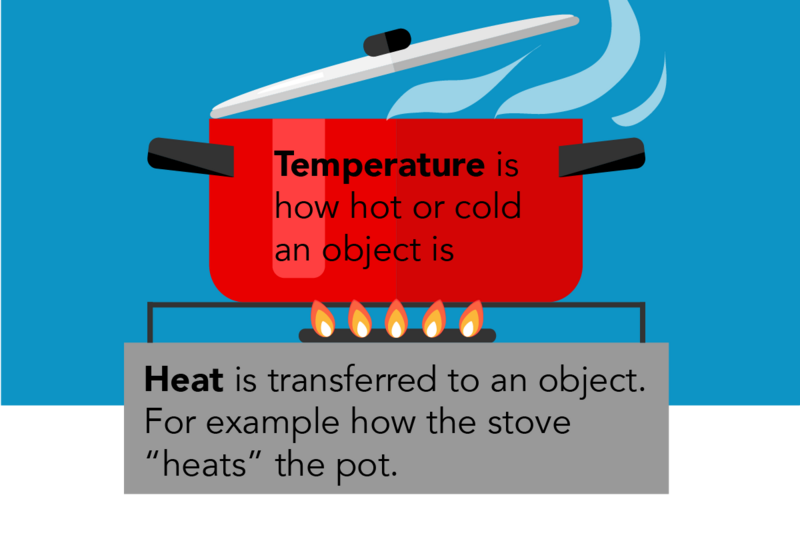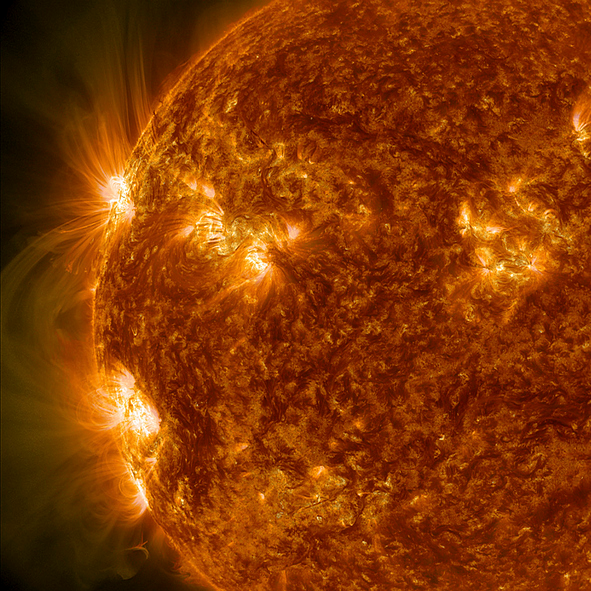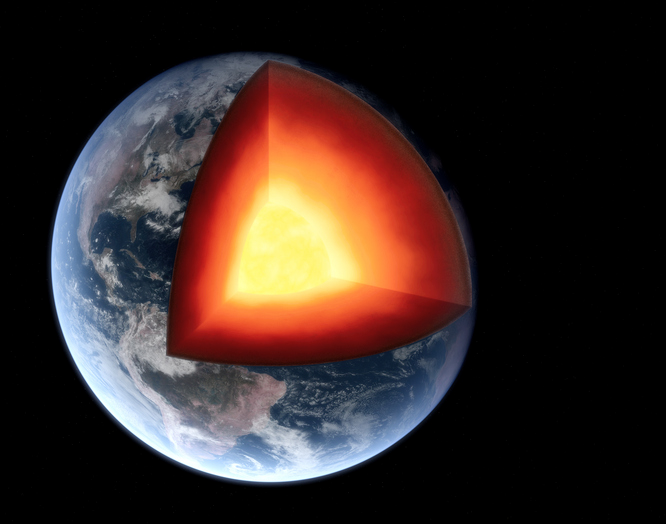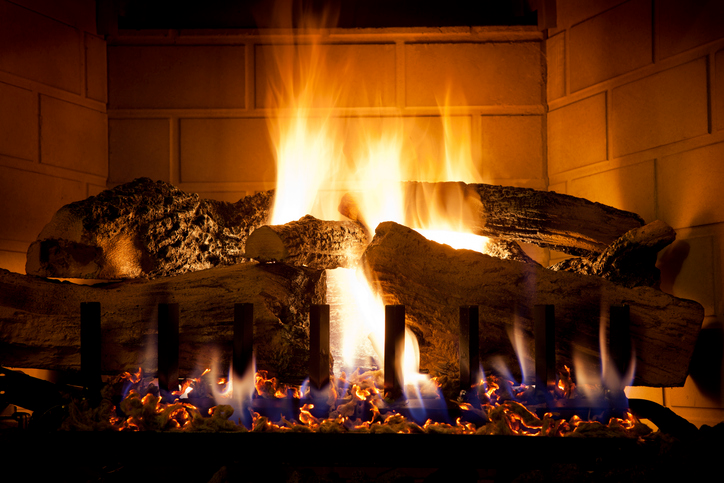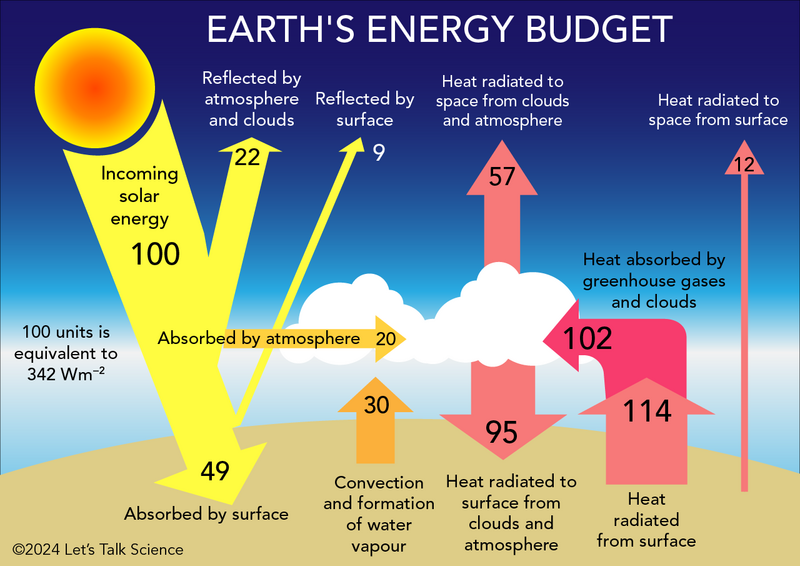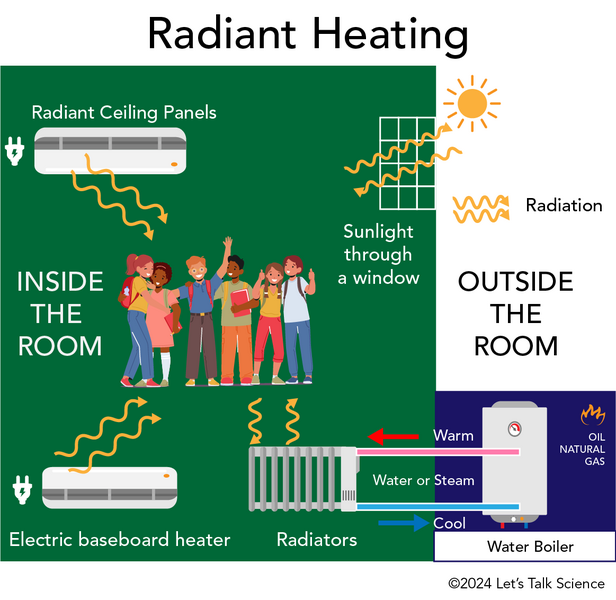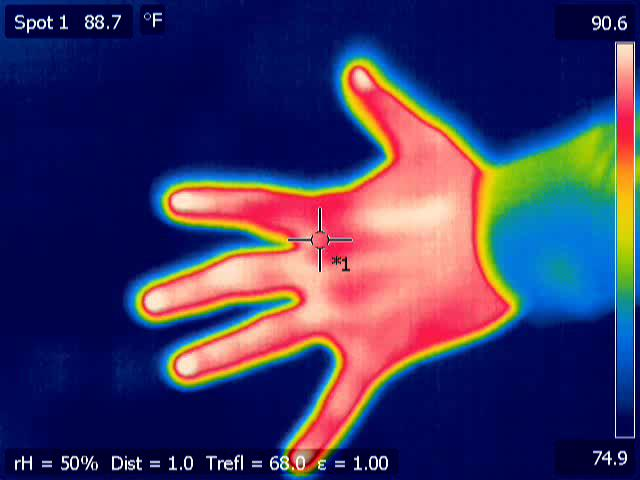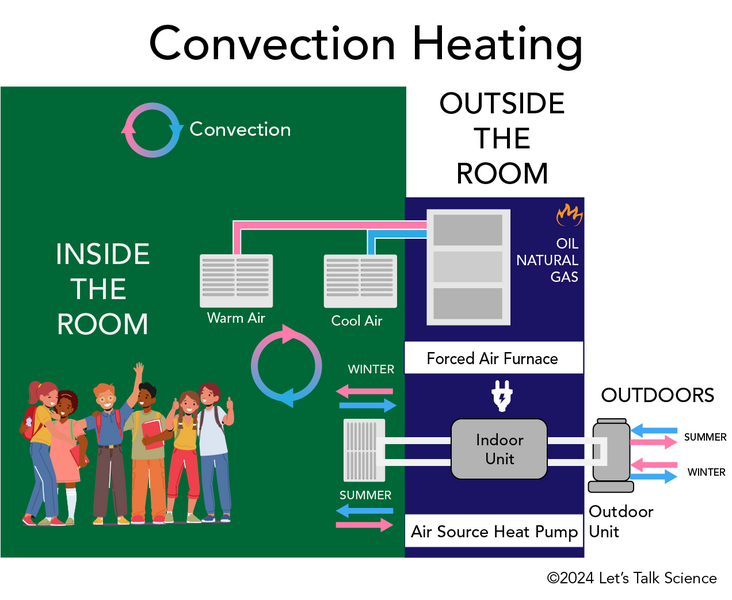Heat: Outdoors and Indoors

Tiny house wrapped in scarf on radiator (BrianAJackson, iStockphoto)

Tiny house wrapped in scarf on radiator (BrianAJackson, iStockphoto)
How does this align with my curriculum?
NU
11
Science 24 (Alberta, 2003, Updated 2014)
Unit B: Understanding Common Energy Conversion Systems
ON
11
Environmental Science, Grade 11, University/College (SVN3M)
Strand B: Scientific solutions to Contemporary environmental Challenges
NT
11
Science 24 (Alberta, 2003, Updated 2014)
Unit B: Understanding Common Energy Conversion Systems
AB
5
Science 5 (2023)
Energy: Understandings of the physical world are deepened by investigating matter and energy.
AB
6
Science 6 (2023)
Energy: Understandings of the physical world are deepened by investigating matter and energy.
AB
9
Knowledge and Employability Science 8, 9 (revised 2009)
Unit D: Electrical Principles and Technologies
NT
9
Knowledge and Employability Science 9 (Alberta, Revised 2009)
Unit D: Electrical Principles and Technologies
BC
10
Science Grade 10 (March 2018)
Big Idea: Energy is conserved and its transformation can affect living things and the environment.
YT
10
Science Grade 10 (British Columbia, June 2016)
Big Idea: Energy is conserved and its transformation can affect living things and the environment.
